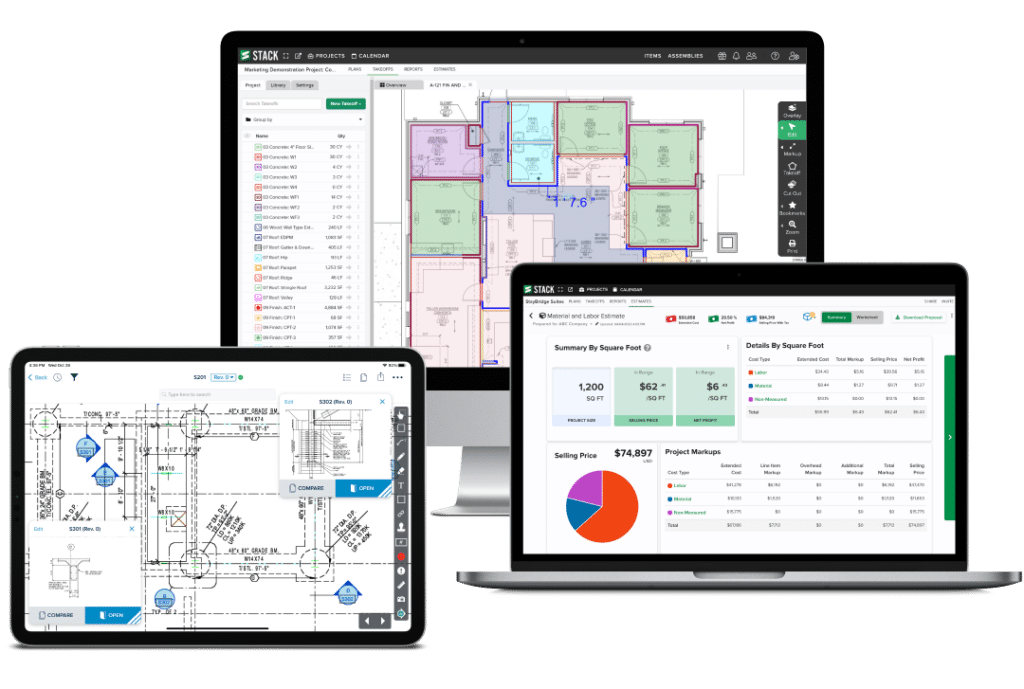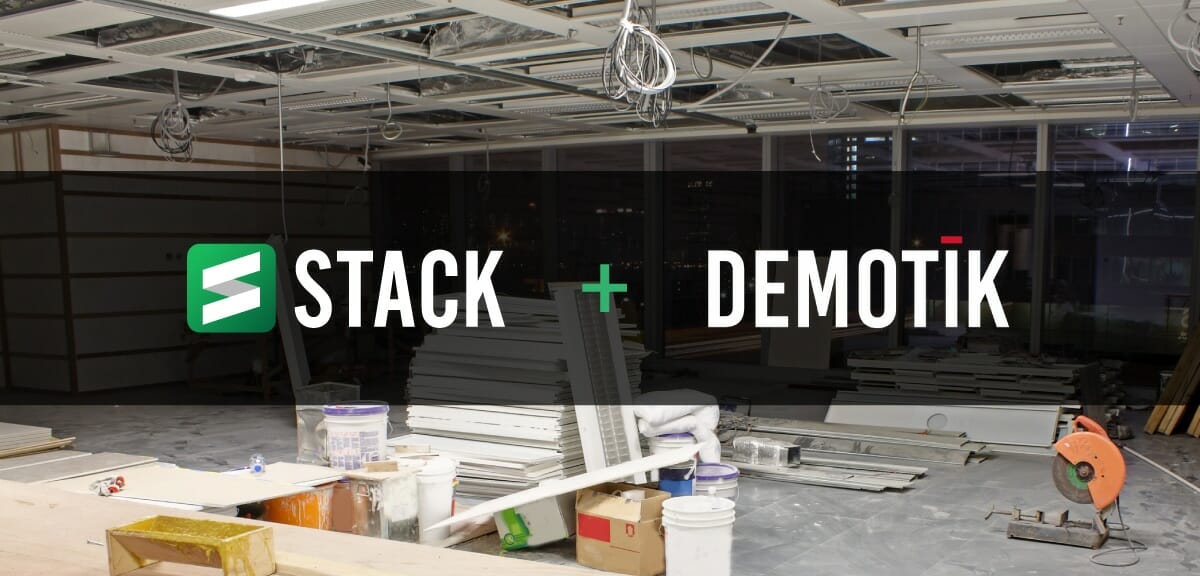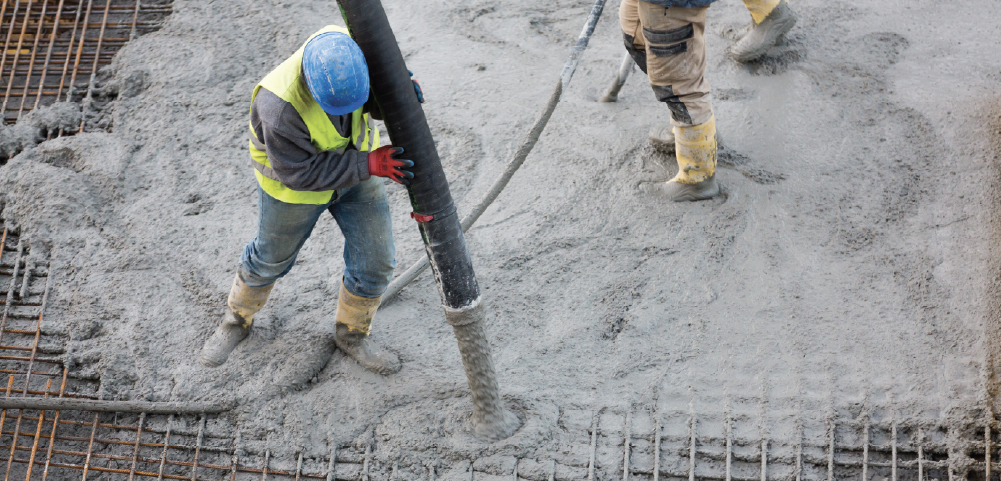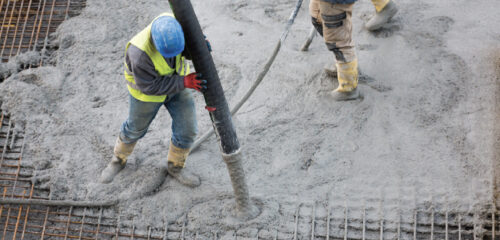
Construction cost estimates are the backbone of profitable work. Without a thorough, accurate, and detailed estimate, you’re unlikely to win much, or if you do win, you might find yourself stuck performing the work for an unrealistically low price.
This is why it’s so important to get the cost estimate right from the start. Here’s your guide for how to ensure you do just that.
What Is a Construction Estimate? Its Purpose and Function
A cost estimate sounds simple, and on the surface it is. Simply put, it is an educated guess as to how much a particular job will cost to perform. But there’s so much more to it than that, and a lot goes into creating accurate estimates that win profitable work.
Bid Faster. Win More. Build Smarter.
Get your FREE account today to:
- Increase Team Efficiency
- Complete Estimates Faster
- Generate More Revenue

Why Construction Cost Estimating Is So Important
An accurate estimate happens during preconstruction and accounts for all facets of a project to give the cost estimator a clear picture of everything that will be needed for a job. A thorough estimate means fewer surprises, a better project budget, solid data for later analysis, and more precise forecasting. Without a thorough estimate upfront, contractors are at risk of performing work at a loss, as well as an inability to learn and grow from prior mistakes.
The Benefits of Accurate Cost Estimates Are Far-Reaching
Of course, the subcontractor is the primary party to benefit from a thorough and accurate estimate. They can be sure they’ve accounted for all aspects of a job and can be confident about achieving their profit goals.
But the positive outcomes extend further. General contractors thrive on accurate subcontractor estimates in that they can trust them to come in at or under budget, do good work without rushing their crew or skimping on materials, and complete the work on time. When all subs submit estimates in a similar range, GCs can focus more closely on choosing the best one for the job without as much attention to price, and they can spend less time double checking subs’ work.
Looking at the big picture, following best practices for cost estimating even makes a positive impact on the construction industry as a whole – the more accurate cost estimates are in general, the better all parties can plan. Project budgets can be set realistically, without inflating them to account for inaccuracies. Pricing structures and expectations can improve dramatically across the board. It’s a win-win.
What’s Included in Construction Estimates
Successful estimating begins with understanding the basics. Here are some major direct and indirect costs to consider:
– Material amounts and costs
– Labor costs
– Sales tax
– Equipment rental
– Overhead
– Subcontract costs
– Other non-measured costs
Types of Construction Estimates
There are two main types of construction estimates. Unit cost estimates roll up all costs under a set amount of materials. For example, the price of the material as well as a breakdown of labor, waste, overhead, etc. could be calculated per square foot of lumber. If you’re confident that your crew has extremely consistent labor and waste rates, this can be a quick way to get a ballpark estimate for a project.
Material and labor estimates allow for more detail and nuance in your pricing, as well as more accuracy. This type of estimating uses materials derived from items and assemblies attached to your measurements (takeoffs), which means you’re getting material costs based on the precise supplies you’ll be purchasing. Then, you can adjust your other non-measured costs on a project basis – accounting for labor, waste, and other indirect costs for a complete picture. You can even add markups based on these results to get to your desired profit margin.
Developing Construction Estimates
To start the estimating process, your first step will be to determine the types of materials you’ll need. Start by checking the specs of the project and make note of any required materials indicated. Then, think about your own preferences and network.
Choosing Construction Materials
Choosing materials comes down to quality, cost, and availability. You’ll need to weigh the best options for each job, and don’t forget to think about materials that might set you apart from other bidders – for example, if you’re able to source more eco-friendly supplies at a similar cost to ordinary materials.
The cost and availability of the supplies might depend on your relationship with your suppliers, so also consider how you can develop a partnership with one or two suppliers in your area to access pricing discounts and up-to-date information on new types of materials. You might also ask suppliers if they’re willing to perform takeoffs for you using their products – you’ll still need to do your own takeoff for further accuracy, but this can speed up your process and help you to decide quickly whether or not the job is worthwhile to bid on.
Performing Takeoffs
Once you know your planned materials, you’ll need to perform a quantity (counts) or material (measurements) takeoff to get the amounts you’ll need to purchase for the job.
For the most accurate estimate based on your measurements, attach items and assemblies to your takeoff to generate a detailed list of all materials and amounts the project will require, along with the pricing of those supplies. This puts you in a good place to start determining your true project costs.
Determining Labor and Waste Rates
Labor and waste both come down to having a solid grasp on your company’s historical performance. That’s why it’s essential to conduct post-project reviews to compare estimated costs to actuals for each aspect of a job. While you’re in the process of developing this understanding, you can start by calculating labor rates per crew member, per job. For construction waste, you can drill down into how much you expect per type of material, or you can add a full 10-15% to the entire project as a catchall.
Accounting for Sales Tax
Be sure you understand the quote you receive from your suppliers. Normally, sales tax will be indicated separately from material prices, and if you fail to account for it in your own estimate, you’ll be on the hook for that added cost. Add in a general percentage for sales tax to the entire estimate, or you can add it by line item (for example, if you purchase materials from suppliers in different states with different sales tax amounts).
In some instances, labor is also subject to sales tax, so familiarize yourself with the laws in your state and for your trade, and account for this in your estimate as well to avoid problems with the IRS later.
How to Factor Overhead Rates into Your Construction Estimate
Overhead is a significant construction business cost that contractors often fail to include in project estimates, which leaves them with added expenses that cut into annual profits. Don’t fall into this trap – instead, take some time to do a deep dive into your overhead (looking at prior years’ tax returns can help) and divide up those costs per project based on your typical bid and win rates. This will spread those costs out among jobs and stop eating into your profits.
Other Indirect Costs
Don’t forget to factor in other non-measured costs for each job. If you’ll need to rent specific equipment or vehicles for a project, set up fencing, haul away debris or hazardous materials, those costs add up. Include them in your estimate so you have a full picture of the costs you’ll be incurring to take on the work.
Project Cost vs Selling Price – Adding Markup
With all of these types of costs accounted for in your estimate, you can now see in black and white what it will cost you to do the job. If you bid at this amount, you’d break even, assuming your estimate is perfect and everything goes according to plan. But to operate a sustainable business, you need to do more than just break even. Determine what a reasonable profit margin would be for the job and add markup to get you there.
If the costs are so high that you’d have to add significant markup to reach your profit goals, then this might not be the right job for you.
Generating a Proposal for Bid Submission
Once you have your final detailed estimate, you need to submit a proposal to the client. Read the RFP closely for instructions on how they expect to receive bids. They might ask for detailed pricing with subtotals by cost code, phase, or division, or they might simply ask for a grand total. Be ready to present it in any way the client specifies, while making sure your bid looks professional, with your company branding, any terms and conditions, and signature lines included.
Tools and Resources for Creating Construction Estimates
There’s no denying that construction estimating is a complicated process, and a lot hinges on getting it right. Here’s a look at some traditional and more modern methods to completing estimates.
Traditional Methods for Construction Estimating
In the past, both takeoffs and estimates were created on paper. Cost estimators measured printed blueprints and then transferred that data to a written estimate template – or, later to a spreadsheet on the computer. This method was time-consuming and error-prone, but it was the only option available.
Desktop Software
When computers became more widely available, desktop-based takeoff solutions helped to speed up takeoffs, but they were often difficult to learn and use, and still required manual data transfer to spreadsheets or separate estimating software, leaving lots of room for error and still using valuable time for rework.
Web-Based Solutions
With widespread adoption of cloud technology, some web-based takeoff tools have emerged on the preconstruction scene in the past decade. Tools like this offer faster, more accurate takeoffs, which makes a big difference for estimators, but often they still require a time-intensive process of exporting measurement data to another type of software – usually construction estimating using Excel.
One platform in particular has sought to transform this often tedious workflow into one smooth, integrated process: STACK.
A comprehensive preconstruction solution, STACK not only offers fast and accurate takeoffs, but it is also a full-service construction estimating tool, letting you create detailed estimates directly from your measurements, and it includes an extensive library of prebuilt items and assemblies for a wide variety of trades so in most instances you can get started right away.
From your estimate, you can then generate a branded, bid-ready proposal with several subtotal and grouping options to customize for your particular client – all within the same easy-to-use tool. This is a game changer for contractors everywhere, eliminating error and rework at multiple stages of the process.
Interested in trying it for yourself? Create your free account today.








